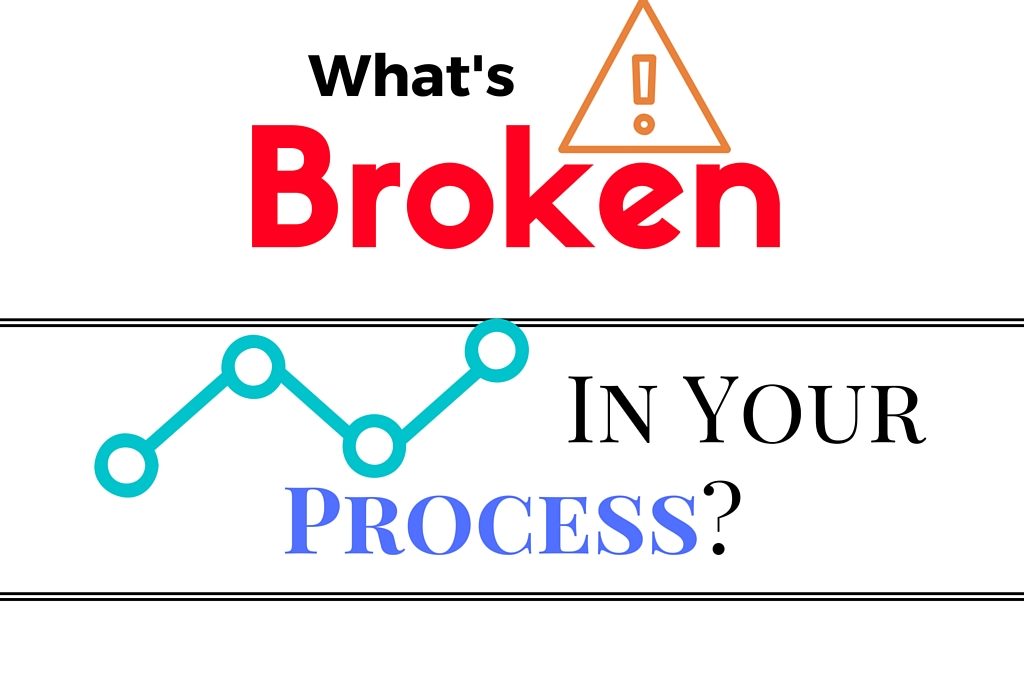Without Process, the talents of your organization are not deployed! Process starts with Communication, which should set things in motion. However, just because you communicated it doesn’t mean it gets done. Action needs to take place before it becomes a true process.
This blog is the second of my 3-part series on Process. Remember, Process = Communication + Flow + Culture.
I defined Flow in a previous post as, “what we actually do . . . our procedures. It represents our workflow so we can serve our customers or deliver our products. Back to the human body, our internal systems (respiratory system, digestive system, cardiovascular system) process things a certain way to do its job . . . Flow. Once expectations are communicated, it creates action so things are done.”
How is your work”Flow”?
Why do we need Flow? We need Flow for the same reason that our organs and systems in our body need processes to do their job so our body functions to live our lives. Imagine instructions being sent from our brain to respective organs in our body but the organs are not carrying out the instructions? That would debilitate us and possibly kill us! When you provide instructions to your team and they don’t execute, that could mean death for your company.
So assuming the communication is clear (go back to previous post), your People should be able to execute on those instructions if you have the Right People in the Right Seats. But even if you have great communication with great people, how do you maintain that consistency in your Flow that produces the high quality service and product you know your company can produce? You must document your workflow!
Don’t Manage by Hope!
If it’s not written, it won’t get done. If it’s not written, you’re managing by hope. I put my son’s multi-level play scape together and it came with 20 pages of instructions (workflow). It took me 2 months to complete that project on weekends! I had to re-do some things along the way because the instructions weren’t clear or I decided to process things out of order. It took me a lot longer than expected. I can’t imagine if there weren’t instructions for it. I would not trust the stability of the structure had I not followed the workflow. My wife would not have allowed my son and his friends to play on it.
Businesses need documented processes to ensure the consistency and quality of their product. It also produces scalability through effectiveness and efficiency. Documented processes help ensure a smooth Flow throughout your organization which increases your margins. It also makes your business more fun to manage, with less fire-fighting.
Seamless Flow = Scalability & Growth
Picture your company with well-documented workflows that everybody follows. What would that look like? How much more would you be able to serve your clients, in a value-added way instead of making up for mistakes? How much more productive would your company be? How fast could you scale to reach your goals?
Take a hard look at how your processes are documented. Is your work product flowing seamlessly throughout your organization? Or is there friction? If there’s friction, chances are you’re managing by hope without documented processes. Build consistency in your organization by documenting your Core Processes and having your team follow them. Use the EOS 3-Step Process Documenter as a way to get you started!
Take the Organizational Checkup to gauge the health of your company! For more information on creating a healthy business lifestyle, read about the Entrepreneurial Operating System (EOS).
My next blog will be about the third element in Process – Culture. Once your Flow becomes automatic, then it becomes ingrained in your Culture!
To Your Business Health!

